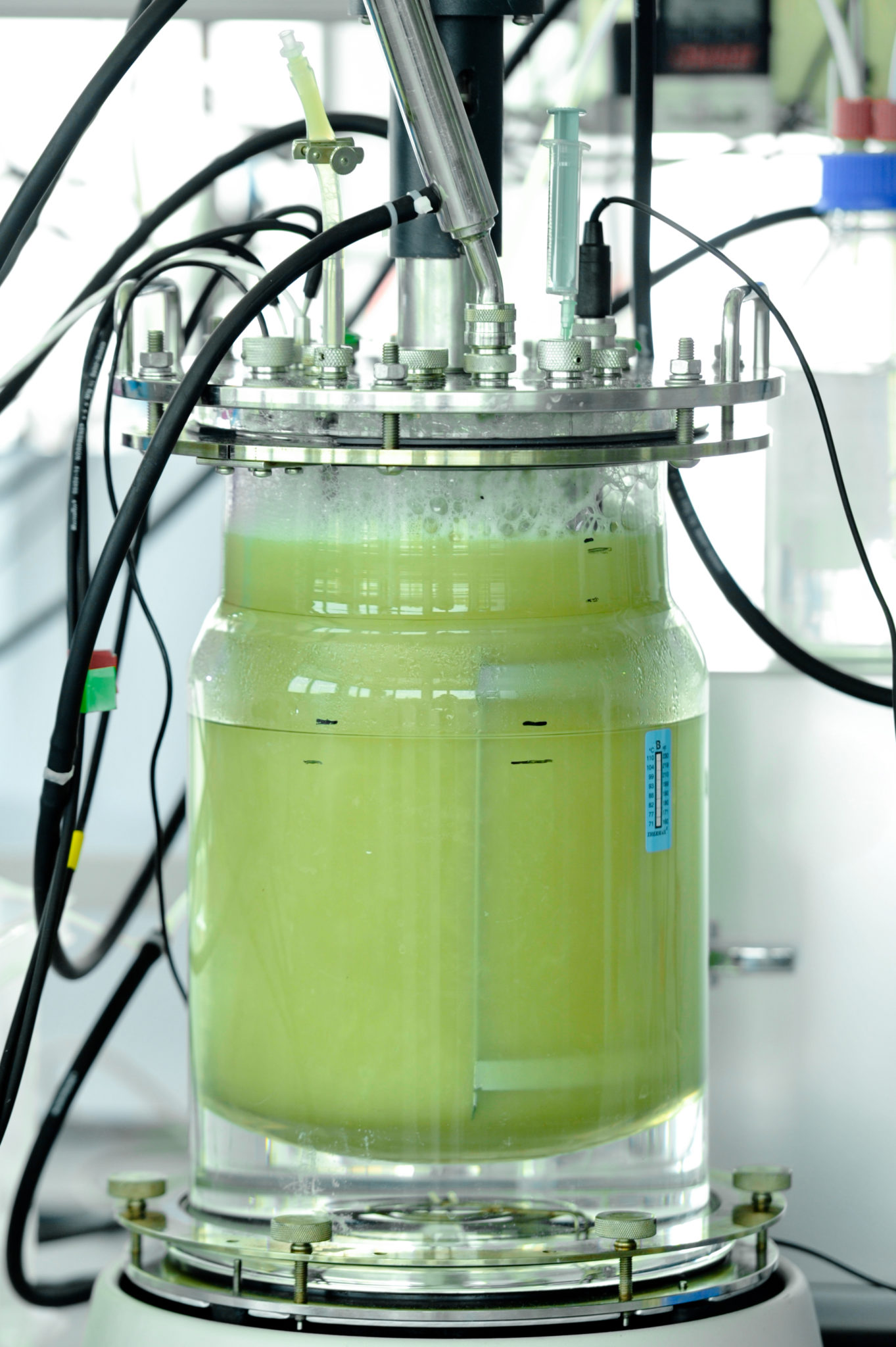To mark the forthcoming Energy Storage Europe in Düsseldorf (March 13-15), pv magazine has evaluated and assessed a range of energy storage innovations and applications.
Our highlights ranking awards the top 10, based on the scores of an expert, independent jury, which assessed a total of 24 candidates. The full ranking is published in the pv magazine energy+storage special issue, created in cooperation with Messe Düsseldorf.
Over the next few weeks, we will publish in descending order the Top 5 products and innovations that were awarded for their excellence, beginning at…
#5: Electrochaea's scalable methanathan plant
You would be forgiven for not knowing of Methanothermobacter thermautotrophicus – a small green bacterium – but it is the basis of this energy storage highlight. Electrochaea uses it to convert hydrogen to methane and reaches the first position in the categories innovation and contribution to the energy transition, which leads to the fifth position overall.

The company uses the biocatalyst, which is exclusively licensed from the University of Chicago, and developed the technology to a state that it can be used in large methanation facilities. The first demonstration plant is running near Copenhagen with 1 MW electrical power. “The archaea achieve complete conversion of the carbon dioxide and hydrogen into high quality biomethane and heat”, writes Electrochaea in its submission. The efficiency of the methanation exceeded 80%. The plant has demonstrated, according to the company, that the technology can be “quickly” scaled to the 100 MW range.
One of the questions is whether it is necessary to convert the hydrogen to methane, or whether the hydrogen should be stored directly. Biomethane has the advantage that it can be used without limitation or expensive investment in the existing natural gas grid. Therefore, Electrochaea sees Power-To-Hydrogen as a supplier technology for methanation, rather than a direct competitor.
“Power-to-gas will become one of the crucial aspects in the energy transition”, says jury member Tobias Federico (see below). “It is necessary to build it in large scale”. Other jurors also see the innovation but are not convinced that power-to-gas technologies will become relevant in large scale in the near future. This might happen only after 2030, according to one opinion. However, low temperature and fast reaction times are very helpful, and the use of microorganisms may be a major innovation in this sector.
Electrochaea can be found at Hall 8b / D12 at the show.
Find out #4… in the ranking on Friday, February 23.
The Energy Storage Highlights Jury comprises:
- Logan Goldie Scot, who heads up the Energy Storage insight team at Bloomberg New Energy Finance.
- Tobias Federico, Founder and Managing Director of consulting institute Energy Brainpool.
- Dirk Uwe Sauer, Professor of Electrochemical Energy Conversion and Storage Systems Engineering at RWTH Aachen University.
- Julian Jansen, a Senior Market Analyst at IHS Markit Technology.
- Stephan Schnez, Senior Scientist in Corporate Research at ABB in Switzerland.
Read more about the Energy Storage Highlights ranking, criteria and the selection process in the pv magazine energy+storage special.
This content is protected by copyright and may not be reused. If you want to cooperate with us and would like to reuse some of our content, please contact: editors@pv-magazine.com.



By submitting this form you agree to pv magazine using your data for the purposes of publishing your comment.
Your personal data will only be disclosed or otherwise transmitted to third parties for the purposes of spam filtering or if this is necessary for technical maintenance of the website. Any other transfer to third parties will not take place unless this is justified on the basis of applicable data protection regulations or if pv magazine is legally obliged to do so.
You may revoke this consent at any time with effect for the future, in which case your personal data will be deleted immediately. Otherwise, your data will be deleted if pv magazine has processed your request or the purpose of data storage is fulfilled.
Further information on data privacy can be found in our Data Protection Policy.